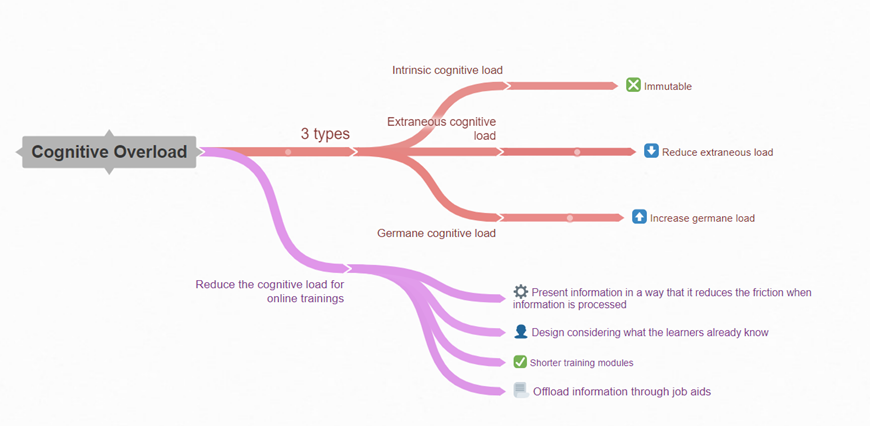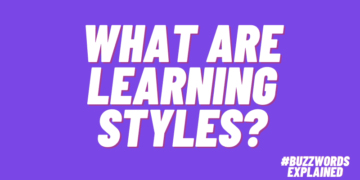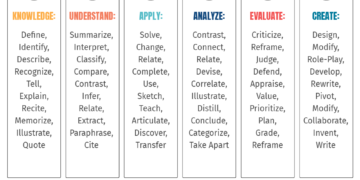Cognitive Overload And How To Limitation It
Recently I was just half an hour into an online course on financing (a rather taxing topic for me!) and I felt my head pounding; I might feel what the extraordinary Hulk feels when he changes! I might see the green color spreading all over my face! Which was it. I could not take the course any longer, and I decided to choose a walk. Everybody can associate with this; you just feel your brains are filled and you can’t take in any more. This is quite common not only with online courses but with any type of knowing. It’s the “cognitive overload.”
As an L&D professional, it is very important to comprehend when and why this can take place to your learners and how to take care of this problem.
What Is Cognitive Overload?
In cognitive psychology, a cognitive load is absolutely nothing however the number of working memory resources. A cognitive overload is, by meaning, “a scenario where one is provided too much details at once, or too many simultaneous tasks, leading to not having the ability to carry out or process the details as it would otherwise occur if the quantity was instead sustainable.”
Let’s try to understand what working memory resources are. Australian educational psychologist John Sweller divides an individual’s working memory into 3 activity spaces: intrinsic load, extraneous load, and germane load.
- Intrinsic cognitive load is the effort associated with a specific topic. You can relate this to me and the finance course; something that is beyond my capacity (all of us have limitations!). Another example might be teaching an algebraic expression to a second-grade trainee!
- Extraneous cognitive load describes the way information or tasks exist to a learner. You can relate this to how you provide the details to the learner; through bullet-point text, procedure diagrams, or infographics. This is something that we, as L&D folks, can look after.
- Germane cognitive load describes the work took into producing a permanent store of knowledge. To simplify, this associates with the psychological schemas the students produce as they go through the training. Utilize this to produce reliable knowing; instead of providing a chunk of text or bullet list, present the info through a circumstance or flowchart.
Of the three above, intrinsic load is immutable in a way. But you can still manage it by suitable material and adopting a scaffolding strategy to move from easy ideas to complex ones.
As L&D specialists, we should attempt to:
- Reduce extraneous load by providing basic directions and information that is easy to understand.
- Increase germane load by using better training techniques or visual representations. Also, construct on what they may currently know.
How To Minimize The Cognitive Load When Creating Online Trainings?
Details Presentation
- Present info in such a method that it lowers the friction that occurs when info is processed.
- Usage info that the students currently understand; build on it so that existing psychological schemas can be updated for this new piece of details and the student does not feel overwhelmed with the brand-new content.
- At times, we have screens where a lot of things happen at the exact same time; we have audio narrative; text animation and a few visuals fading in throughout the screen– all at the exact same time. Where should the student concentrate? This is referred to as the “split-attention impact.” Let the students concentrate on one thing at a time so there is no friction in the info processing activity.
- Keep in mind: “Split-attention effect” likewise refers to diversions like social media notifications, external links, etc, that distract the student far from the core course material.
- Add a couple of supporting visuals to explain the principle better. The simpler the learning, the lower the cognitive load. Instead of bullet lists or paragraphs, use process circulations and infographics to better represent the information. Don’t overdo it– it might distract the students. Utilize your judgment to decide just how much to aesthetically boost.
Design
- The majority of the students know the standard navigation in an online training, so leverage that information, keep the things within conventions, or keep them intuitive to make it simpler for learners to go through the course. The learners can save energy to process the info provided in the course.
Shorter Training Modules
- Instead of providing a single 1-hour training, divide it into shorter units of 15 minutes each, each rationally divided based upon a job or subject to be covered. Do not forget to provide a wider image of the content and the learner’s progress in this content journey, in every system. This not only minimizes the cognitive load but also constructs a feeling of achievement much previously in the knowing process (as each system is finished), inspiring the student to complete the training.
Offload Details Through Task Aids
- When courses are to be established, the SMEs provide us with a dump of info. For SMEs, every bit is very important. However not all of it needs to go into the training. Not everything requires to be remembered. Offload this info in the form of job aids that the students can describe as and when required. For instance, in a simulation, it is very important to comprehend the scenarios in which you would utilize a particular area or treatment. You do not need to rote the actions for all the treatments– those would anyways change with the software upgrade.

Mind map that summarizes this short article. The thing to keep in mind is the number of working memory resources is your course expecting your students to use at a time. Think of it the next time you design a course.

Benefit Learning Advantage Learning is a leading service provider of digital knowing services. With over 200 worldwide clients across sectors, we assist L&D leaders deliver discovering experiences that enhance retention and transfer to attain wanted results.
Initially released at blog.upsidelearning.com.




















